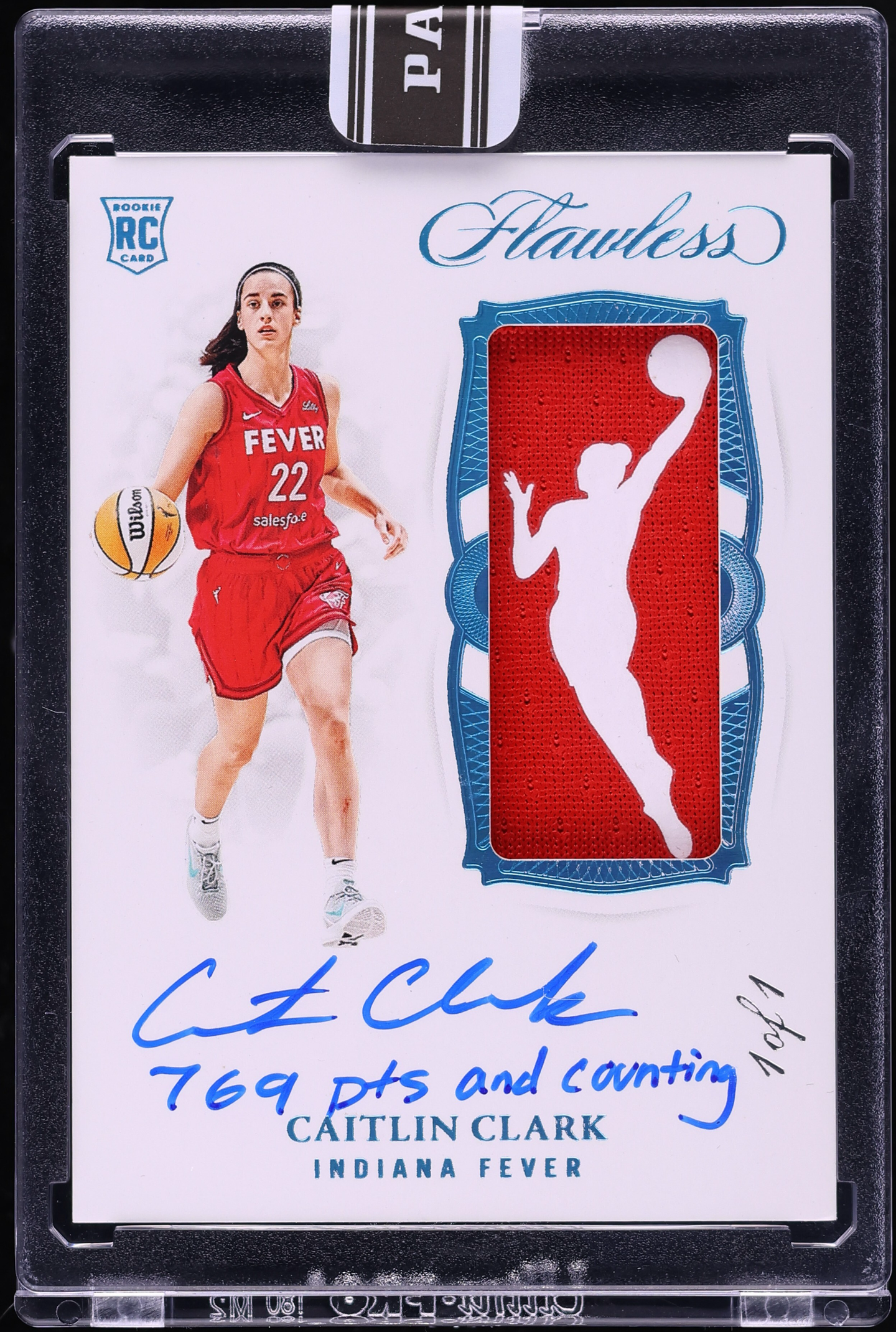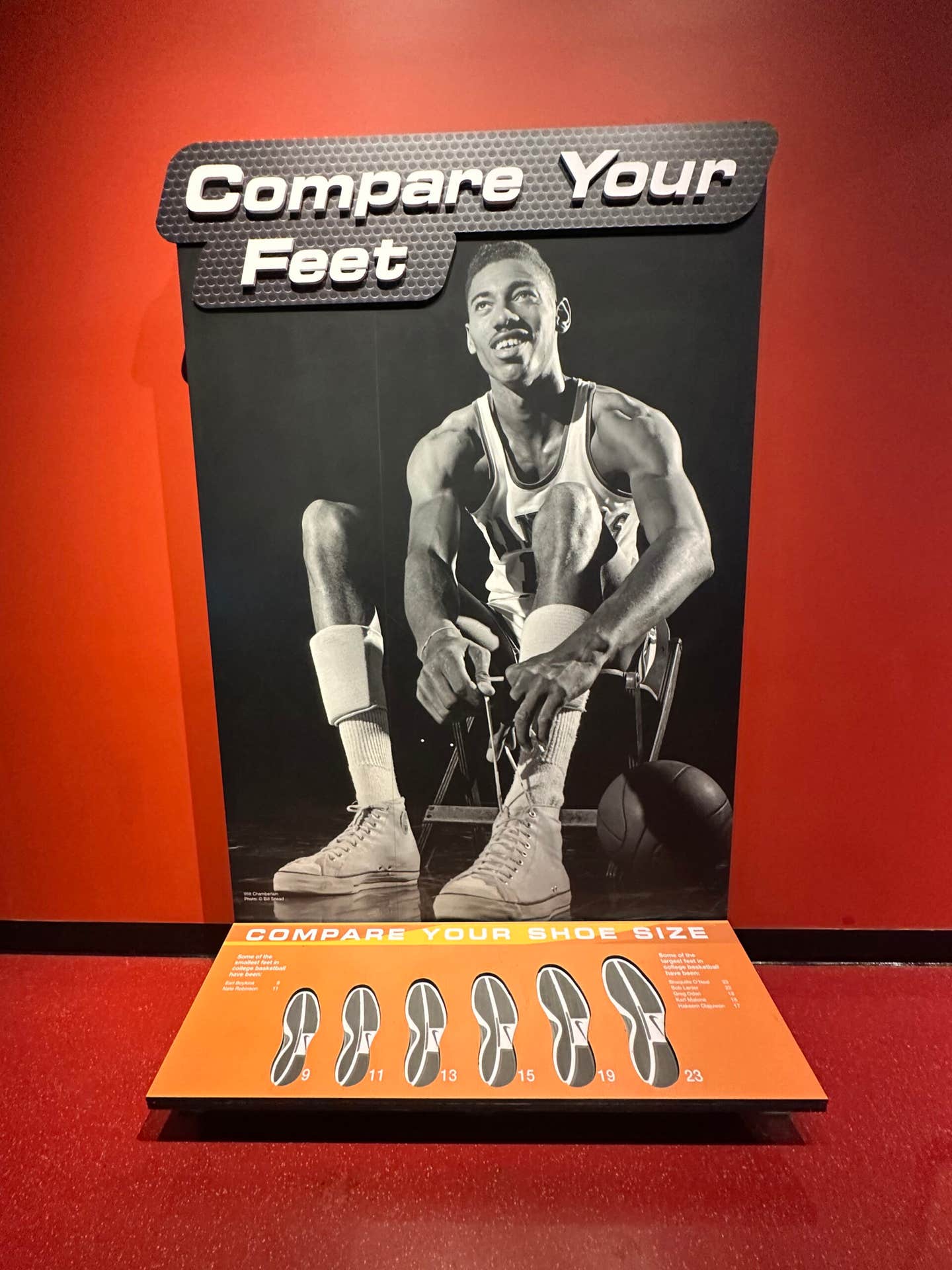
News
These 5 should-be Hall of Famers are bargains for collectors
With the induction of Fred McGriff and Scott Rolen this summer, the National Baseball Hall of Fame’s ranks have risen to 342.
That doesn’t mean every player who belongs is in. Talk to any serious fan and you’ll hear about oversights — baseball stars who remain on the outside looking in.
Allow us to chime in. We’ll make the case for five deserving names from the past, adding current collectibles pricing along the way. Perhaps those in our small group will get the call one day. In recent years, after all, a number of longtime outsiders finally earned induction. New Hall of Fame inductees like Minnie Miñoso and Tony Oliva (both honored in 2022) give hope to “close-but-no-cigar” players who have been spurned so far.
THE COLLECTIBLES CONNECTION
In the minds of collectors, players gain appeal once they’re afforded Hall of Fame status. Their rookie cards take on new significance. The magical “HOF” inscription on any personalized autograph elevates its value. Game-used items associated with a Hall of Famer become serious auction items.
To that end, speculative collectors are smart to anticipate voting trends. Keep a close eye on players who gain ground in the annual Hall of Fame balloting. Every January, the Baseball Writers’ Association of America (BBWAA) announces its voting results.
When players who don’t get the necessary votes fall off the BBWAA ballot, they may get consideration from the Contemporary Baseball Era committee. Often referred to as the Veterans’ Committee, it assesses major leaguers who played after 1980 but are no longer on the BBWAA ballot.
Cards and memorabilia related to the five players you’ll read about here, to be honest, are rare at major auction houses. You’ll see more offerings in online auctions — particularly the omnipresent eBay. As such, we’ll pick out bargains we’ve spotted for each player.
But before we get to our five “should-be” HOFers, let’s point out some parameters. Specifically, we’ve avoided players whose stats merit HOF induction but who fall into these categories:
Steroid Ties
Now, these are the best ballplayers not in the Hall, but each is tied to PEDs (performance-enhancing drugs). So, for now, these eight men are out:
• Barry Bonds: .298 BA, 762 HRs, 1,996 RBI, 514 SBs, 8 Gold Gloves
• Alex Rodriguez: .295 BA, 696 HRs, 2,086 RBI, 329 SBs, 2 Gold Gloves
• Roger Clemens: 354-184 record, 3.12 ERA, 4,672 strikeouts
• Sammy Sosa: .273 BA, 609 HRs, 1,667 RBI, 234 SBs
• Manny Ramirez: .312 BA, 555 HRs, 1,831 RBI, 38 SBs
• Rafael Palmeiro: .288 BA, 569 HRs, 1,835 RBI, 97 SBs, 3 Gold Gloves
• Mark McGwire: .263 BA, 583 HRs, 1,414 RBI, 12 SBs, 1 Gold Glove
• Gary Sheffield: .292 BA, 509 HRs, 1,676 RBI, 253 SBs
Look at those numbers! There was a day when 500 homers or 300 career wins meant automatic Hall induction. And certainly, these high-impact players would have had busts in Cooperstown already if not for allegations and/or admissions of steroid use. All of them appeared in the Mitchell Report — the results of Senator George Mitchell’s 20-month investigation into steroid abuse — or tested positive for a PED (or both).
The steroid factor not only has affected this group’s HOF chances, but it has also curbed the enthusiasm of collectors. There’s still demand, especially for Bonds, A-Rod, and Clemens, but it’s not exactly rabid. Imagine the value of this group’s rookie cards if they had steered clear of steroids.
Gambling Ties
Then there’s Shoeless Joe Jackson and Pete Rose. Jackson was banned from baseball for alleged participation in the Black Sox scandal. Later, he was acquitted of charges he was in on a fix to throw the 1919 World Series. Certainly, his stats in the 1919 World Series don’t look like the numbers of a guy who wasn’t trying: 12 hits in 32 at-bats, a .375 average. Yet baseball never reopened the doors for Jackson.
During his career, which spanned 13 seasons, Jackson hit a robust .356 and stole 202 bases. A loud faction of baseball historians and fans continues to fight for his induction. You’ll find petitions all over the Internet on behalf of Shoeless Joe.
Rose was banned over allegations that he bet on his own team when he was managing the Cincinnati Reds. Like Jackson, he has the backing of supporters who feel he belongs anyway. Again, all kinds of petitions on the Internet are gathering signatures.
Regardless of the position people take on Rose’s gambling activities, there’s never been an argument about his numbers: He notched a record 4,256 hits, batted .303, and stole 198 bases.
Shoe-Ins
A number of recently retired players are locks to get into the Hall, so they might as well make reservations in Cooperstown for the year they become eligible. Front and center: Albert Pujols, who retired after the 2022 season with 703 homers — fourth on the all-time list. He’s also 10th in hits (3,384), fifth in games played (3,080), and second in total bases (6,211 — behind only Hank Aaron’s 6,856). Pujols’ first year of eligibility is 2028.
Others who likely will make it the first or second year they’re eligible include Adrian Beltre (2024) and Ichiro Suzuki (2025). Beltre finished his career with a flurry of HOF-caliber seasons, retiring with 477 homers, a .286 average, and five Gold Gloves. Ichiro came to the U.S. from Japan in 2001 at age 27. He played 19 seasons, amassing 3,089 hits, a .311 average, and 509 steals.
C.C. Sabathia also becomes eligible in 2025 and will get strong consideration: He finished with a 251-161 record (a .609 percentage) and a 3.74 ERA. The only lefties with more strikeouts than C.C.’s 3,093 are Randy Johnson and Steve Carlton.
THE OVERLOOKED
Now we get to our list of should-be Hall of Famers. Call these five players “the overlooked.”
They may someday get enough support from a Hall committee to find their way in. If and when they do, count on their memorabilia to go from “budget-friendly” to “in demand” — not a Ruth or Mantle type of “in demand,” but certainly several notches above their current level.
In the hobby, this level of player has traditionally been filed under the header “minor star.” A Cooperstown berth lifts them out of that classification for good.
1. TODD HELTON, 1B
Helton played his entire 17-year career in Colorado, where his perfect lefty swing produced impressive results. He amassed 2,519 hits, including 369 homers and 592 doubles, and batted .316.
Helton is one of only eight players to bat .315 or higher while hitting 350 or more home runs. He had a keen eye at the plate, drawing 1,335 walks in his career, which contributed to his .414 on-base percentage. He also won four Silver Slugger awards and was elected to five All-Star games. And he played his position as well as anyone, winning three Gold Gloves.
Helton came close to making the grade in 2023, garnering 72.2 percent of the BBWAA votes, just shy of the 75 percent requirement. It marked a dramatic jump from last year’s 52 percent. The trend casts Helton as a shoo-in for 2024.
2. BILLY WAGNER, RP
One of the most dominant closers in the game’s history, this lefty speedballer piled up 422 saves (sixth best in history) over 16 seasons. He also had 1,196 strikeouts in 903 innings — an average of 11.9 Ks per nine innings. His sparkling 2.31 ERA is comparable to Mariano Rivera’s 2.21 — and better than all other HOF pitchers who played after the Deadball Era (which ended in 1919).
Wagner nearly got the necessary voting percentage in January 2023, his eighth year on the BBWAA ballot. If he doesn’t make it in 2024 or 2025, he’ll be reliant on the Veterans’ Committee.
Baseball experts feel Wagner has a strong chance in 2024 — even though the Hall has been stingy with relief pitchers. Only seven career-long closers have made it: Rivera, Trevor Hoffman, Goose Gossage, Rollie Fingers, Lee Smith, and Hoyt Wilhelm. (The latter did make 52 starts, but that was over a 21-year, 1,070-game career.) John Smoltz and Dennis Eckersley are other Hall of Famers who had success as relievers, but both were starting pitchers for long stretches prior to their bullpen work.
3. DICK ALLEN, 1B-3B-LF
Sadly, this slugger died in 2020. A year later, he narrowly missed joining Minnie Miñoso as a Hall of Fame Golden Days Era Committee selection. One factor that may have kept Allen short on support was a reputation — unfair, by many accounts — as a surly dude. Another factor: After starting his career with seven seasons in Philadelphia, Allen then bounced around his next eight seasons, making five stops (including a second run in Philly).
But as a player, Allen was an explosive source of power, bashing 351 homers in his 15 seasons while hitting a robust .292 with 1,119 RBI. There’s no denying he was a force, as he showed in 1972, his first year with the White Sox. He blasted 37 homers and drove in 113 runs that season — both league-leading totals — while hitting .308.
Allen was the NL Rookie of the Year in 1964, the AL MVP in 1972, and a seven-time All-Star. Those who watched baseball and absorbed box scores in the 1960s and ’70s know that Allen was a dominant player.
4. LOU WHITAKER, 2B
The keystone mate of Hall of Famer Alan Trammel, Whitaker was an elite fielder and consistently productive hitter. The 1978 AL Rookie of the Year, Whitaker went on to earn five All-Star selections, four Silver Slugger awards, and three Gold Gloves. He’s one of only three-second basemen who reached 1,000 runs, 1,000 RBI, 2,000 hits, and 200 homers. (The other two: HOFers Rogers Hornsby and Joe Morgan.)
Whitaker has been inexplicably snubbed by HOF voters for years. His first year of eligibility, 2001, saw him selected on just 2.9 percent of voter ballots, shy of the 5 percent required to remain on future ballots. Like all of our highlighted players here, Whitaker shines in terms of trendy stats like wins above replacement: His 75.1 WAR total ties him with Johnny Bench for 82nd in MLB’s long history. His WAR figure is better than 14 other second basemen in the Hall.
When he retired in 1995, Whitaker left some impressive numbers: 2,389 hits, 244 homers, and a .276 average.
5. DALE MURPHY, CF
A converted catcher, Murphy moved to the outfield early in his career and blossomed as a five-tool star and gifted fielder. He won two NL MVP awards, seven All-Star berths, and four Silver Slugger awards.
Murphy finished his 18-year career with 398 homers and a .265 average. In one six-year span (1982-87), he led all of baseball in “runs created.” He’s one of only four players who have been shunned by the Hall despite winning multiple MVP awards. (The other Barry Bonds, Roger Maris and Juan Gonzalez.)
Somehow, Murphy never got more than 23 percent of the 75 percent voting threshold for Hall induction. His final year of eligibility was 2013, and since then, he has not been elected by two different veterans committees. His chances will depend on future considerations by such committees.








